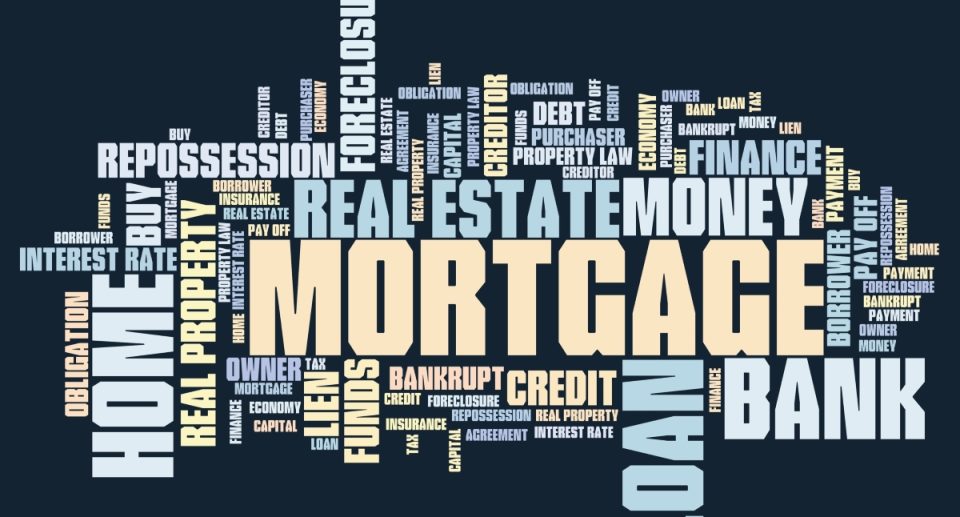How a Second Reverse Mortgage Can Supplement Your Retirement Income

Retirement often brings unexpected financial challenges, from rising healthcare costs to home maintenance expenses. For many seniors, reverse mortgages provide a valuable way to access home equity and supplement retirement income. But what if you’ve already taken out a reverse mortgage and need additional funds? A second reverse mortgage could be an option. By leveraging more of your home’s value, you can create a new income stream, providing greater financial flexibility during your later years. In this post, we’ll explore how a second reverse mortgage works and whether it might be right for you.
Understanding Reverse Mortgages

A reverse mortgage allows homeowners aged 62 or older to convert a portion of their home’s equity into tax-free income without selling their home. Unlike traditional mortgages, no monthly payments are required. The loan is repaid when the homeowner sells the property, moves, or passes away. Reverse mortgages can effectively meet financial needs during retirement, offering flexibility and security by turning home equity into usable cash. However, it’s important to understand the terms and potential risks, including interest accrual and the reduction of your home equity over time.
Why Consider a Second Reverse Mortgage?

As you navigate retirement, new financial demands often arise. Unexpected medical expenses, needing home modifications to accommodate aging, or even helping a family member may stretch your budget. A second reverse mortgage can be a practical solution to these challenges, offering an additional source of income when your initial reverse mortgage is no longer sufficient.
If your home has appreciated since you took out your first reverse mortgage, you might have more equity available. Additionally, if you’ve paid off a portion of the original loan balance, this could open up more funds. A second reverse mortgage allows you to tap into this extra equity, providing a new stream of income to help cover ongoing retirement costs.
This option gives you greater financial flexibility, allowing you to remain in your home while addressing the evolving needs of your retirement years. Whether for rising healthcare costs, home renovations, or maintaining a certain lifestyle, a second reverse mortgage can offer peace of mind, helping you stay financially stable as your needs change.
Eligibility for a Second Reverse Mortgage
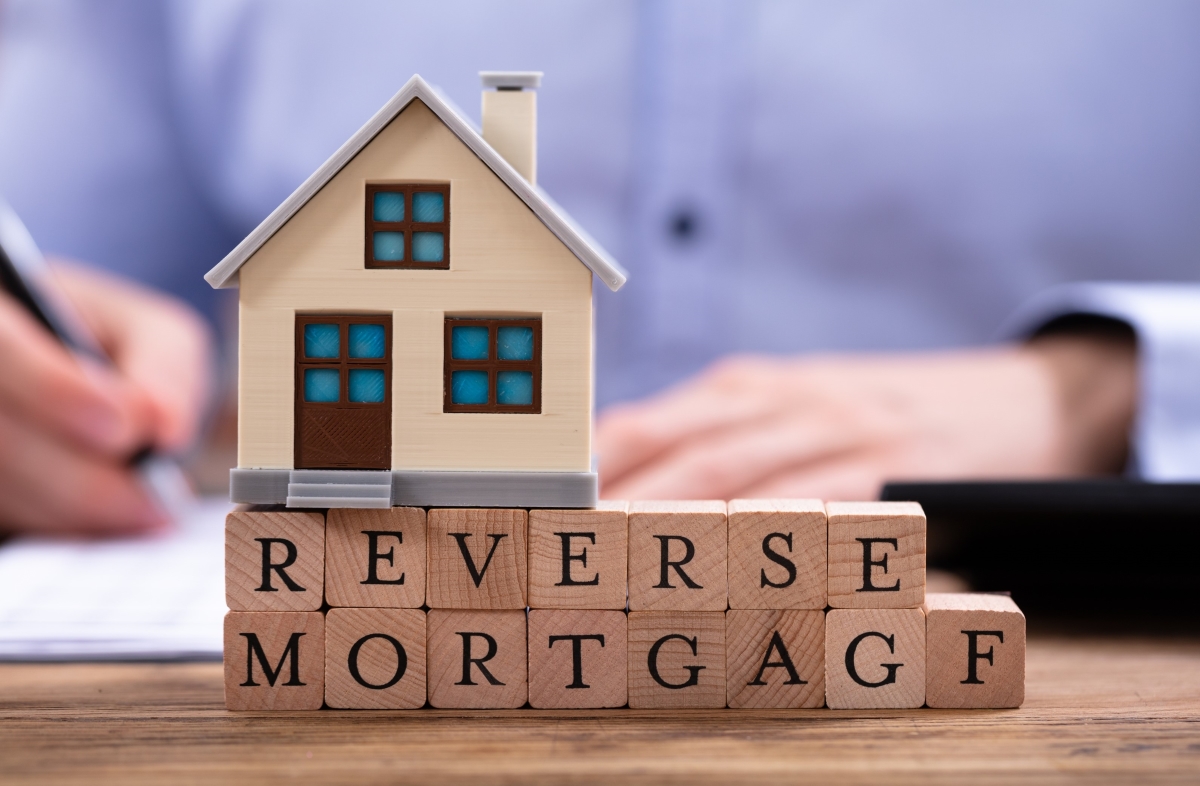
To qualify for a second reverse mortgage, you must meet certain requirements. First, you must be at least 62 years old, and the home must be your primary residence. It’s important to assess how much equity remains in your home, as this determines how much more you can borrow. If your home’s value has increased or you’ve reduced the balance on your original reverse mortgage, you may be eligible for more funds.
Additionally, lenders will evaluate your ability to cover ongoing expenses such as property taxes, insurance, and home maintenance. A financial assessment ensures that taking out a second reverse mortgage won’t place undue financial strain on you. Once these factors are considered, you can explore how much supplemental income can be accessed through a second reverse mortgage.
Advantages of a Second Reverse Mortgage
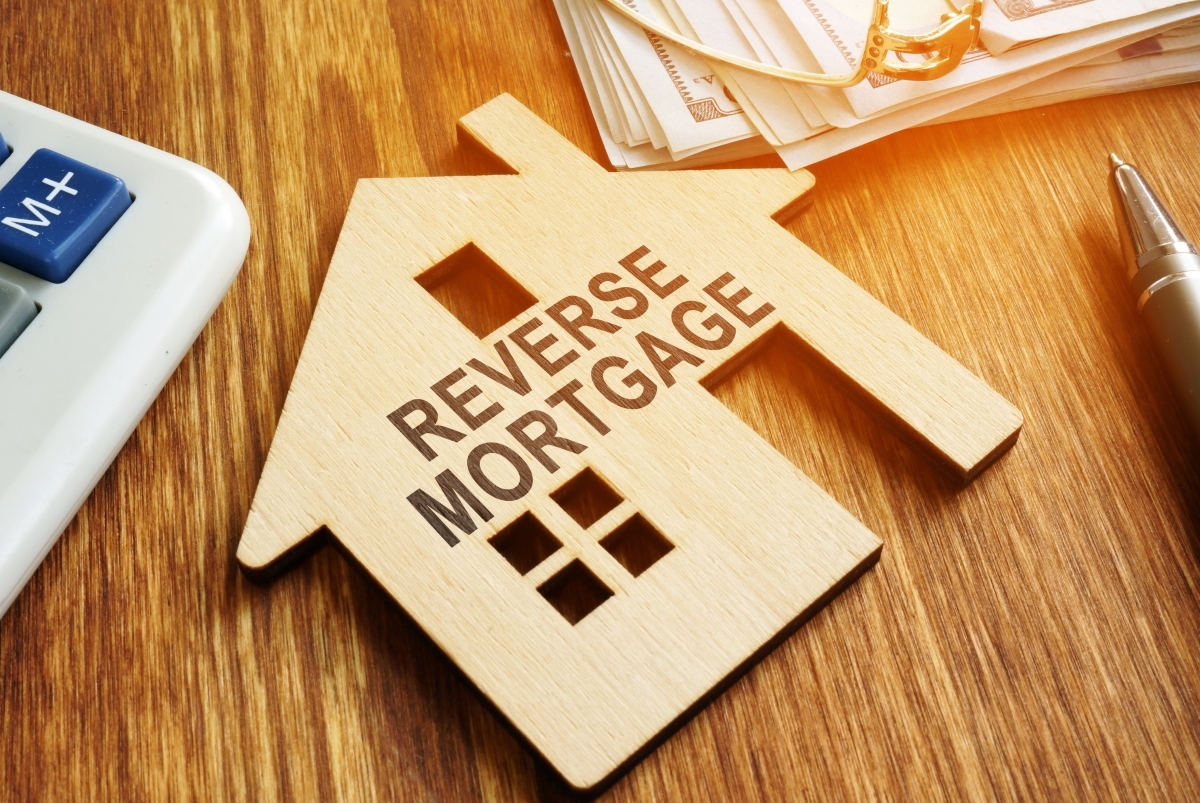
A second reverse mortgage can offer significant financial benefits to retirees, helping address both short-term and long-term needs:
- Additional Income Stream: It provides extra funds to cover unexpected expenses, such as medical bills, home modifications, or everyday living costs, without the burden of monthly loan payments.
- Increased Financial Flexibility: You can access more of your home’s equity, allowing you to handle expenses as they arise, from travel to debt repayment, without dipping into savings or retirement accounts.
- Stay in Your Home: Unlike selling your home or downsizing, a second reverse mortgage allows you to stay in the comfort of your home while tapping into its value.
- Potential Tax-Free Cash: The income from a reverse mortgage is generally tax-free, providing a significant advantage over other forms of retirement income that may be subject to taxes.
- No Impact on Social Security or Medicare: Reverse mortgage funds typically don’t affect Social Security or Medicare benefits, offering additional financial resources without compromising other income streams.
- Peace of Mind: With increased financial stability, you can have greater peace of mind knowing that you have a backup plan to meet unexpected costs or enhance your retirement lifestyle.
Considerations and Risks of a Second Reverse Mortgage

While a second reverse mortgage can provide financial relief, there are important factors to consider:
- Reduced Home Equity: Each reverse mortgage draws from your home’s equity, leaving less available for future needs or to pass on to heirs.
- Higher Fees and Costs: Taking out a second reverse mortgage means additional closing costs, interest rates, and potential maintenance fees that can add up over time.
- Impact on Inheritance: With a second loan, there may be little or no home equity left to leave to your heirs, which can be a concern for those planning to pass their property on.
- Potential Loss of Government Benefits: While Social Security and Medicare remain unaffected, receiving reverse mortgage proceeds could impact Medicaid eligibility or other need-based benefits.
- Risk of Foreclosure: If you fail to pay property taxes, homeowner’s insurance, or maintain your home, the lender could foreclose on the property.
How to Apply for a Second Reverse Mortgage
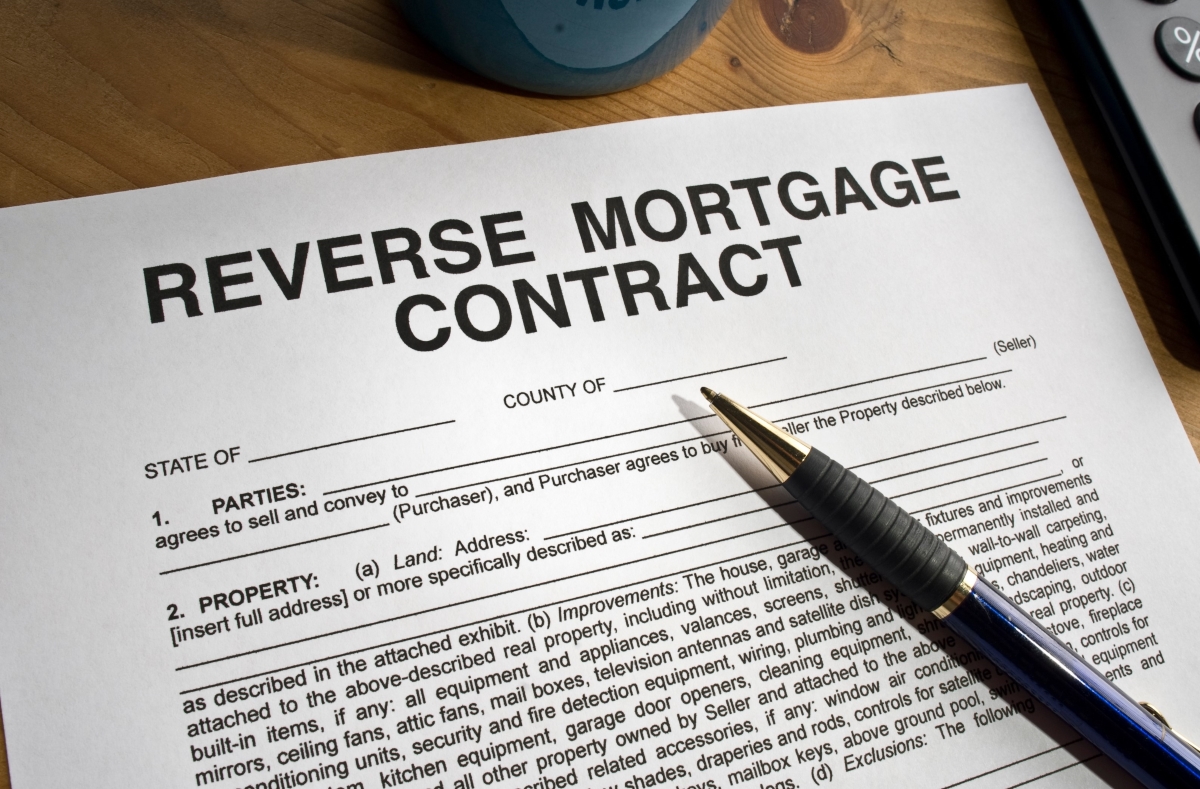
Applying for a second reverse mortgage involves several steps:
- Evaluate Your Home’s Equity: Contact a lender to assess your home’s current market value and calculate the available equity after your first reverse mortgage.
- Find a Lender: Work with a reverse mortgage lender specializing in second mortgages. Compare rates, fees, and terms to find the best deal.
- Submit Required Documentation: Gather the necessary paperwork, such as proof of age, residency, and financial information, to complete the application.
- Complete a Counseling Session: Federal law requires that all reverse mortgage applicants complete counseling with a HUD-approved agency to ensure they fully understand the terms and potential risks.
- Undergo Financial Assessment: Lenders will evaluate your ability to cover ongoing costs like property taxes and insurance to determine your eligibility.
Once approved, your lender will provide the terms and funds, allowing you to use the additional income for retirement expenses.
Alternatives to a Second Reverse Mortgage

If a second reverse mortgage isn’t the right fit, several other options can help manage retirement finances:
- Downsizing or Selling the Home: Selling your current home and purchasing a smaller, more affordable one can free up substantial cash. Downsizing reduces living expenses and can provide a lump sum to boost your retirement savings. Alternatively, selling your home entirely and renting or moving to a more cost-effective living arrangement can increase your financial flexibility.
- Home Equity Line of Credit (HELOC) or Personal Loans: A HELOC allows you to borrow against your home’s equity with a flexible repayment schedule. Unlike a reverse mortgage, you must make monthly payments, but it provides access to funds as needed. Personal loans are another option, offering a lump sum with fixed payments over a set term, though typically at higher interest rates than a HELOC.
- Refinancing Options: Refinancing your existing mortgage or reverse mortgage might lower your interest rate and reduce monthly payments. This can free up cash flow for other needs. Evaluate whether refinancing could improve your financial situation without additional borrowing.
- Exploring Other Sources of Retirement Income: Consider diversifying your income sources. Annuities provide guaranteed monthly payments for a set period of life, offering financial stability. Investments, such as stocks, bonds, or mutual funds, can generate additional income, though they come with varying levels of risk. Assessing and optimizing your investment portfolio can also enhance your financial security.
Conclusion
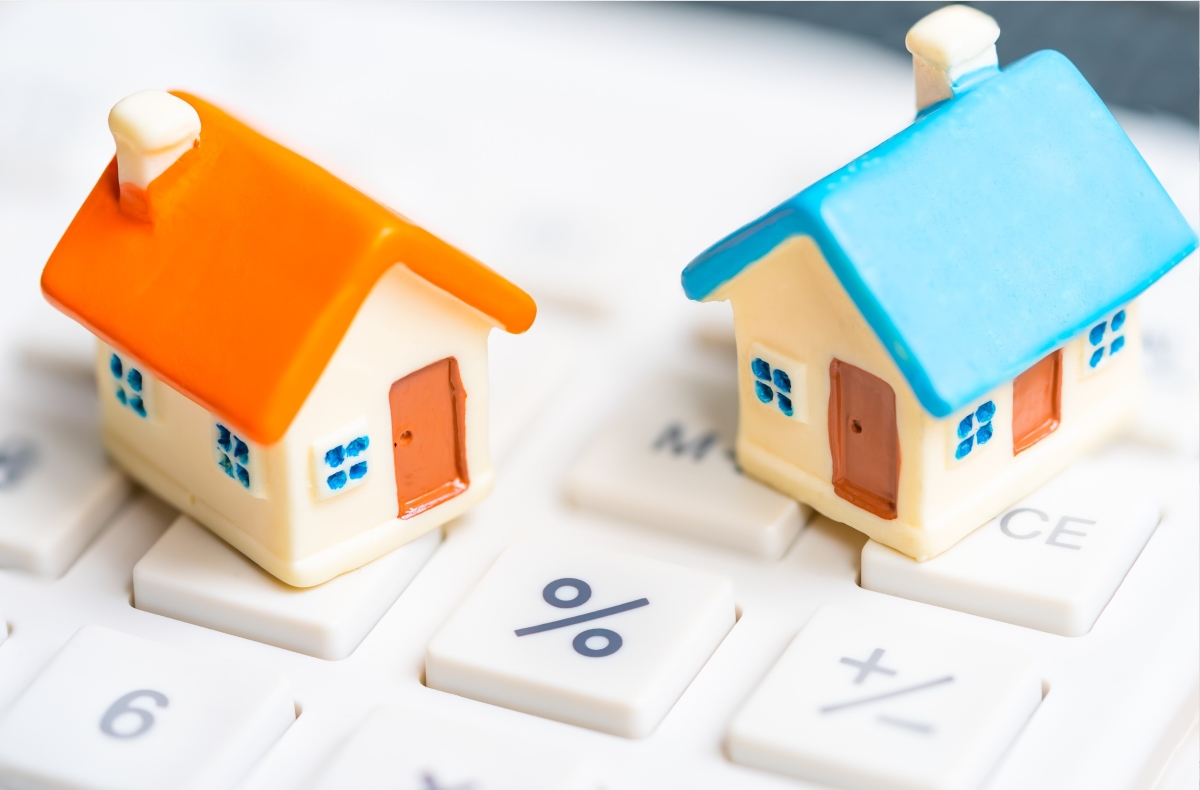
A second reverse mortgage can be a valuable tool for supplementing retirement income, offering additional financial flexibility and access to home equity. However, carefully weighing the potential drawbacks, such as reduced home equity and higher costs, is essential. Consider alternative options like downsizing, HELOCs, personal loans, refinancing, or exploring other retirement income sources. Each choice has its benefits and trade-offs, so evaluating all possibilities will help you make an informed decision. Understanding these options can enhance your financial stability and enjoy a more comfortable retirement.


